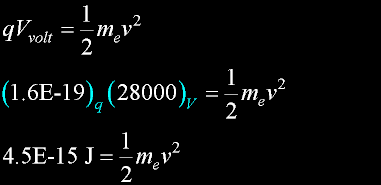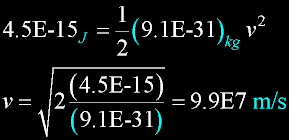Picture: a K3672 KLYSTRON,
klystron holder and support structures made by Townsend.
top of picture:
#3 Cavity (idler cavity)is intact
#3 Mag coil
#2 Cavity (half removed)
#2 Mag coil and drift tube with cooling fins
#1 Cavity (both halfs removed) (input cavity)
Gun assembly and it's magnet coil
bottom of picture





